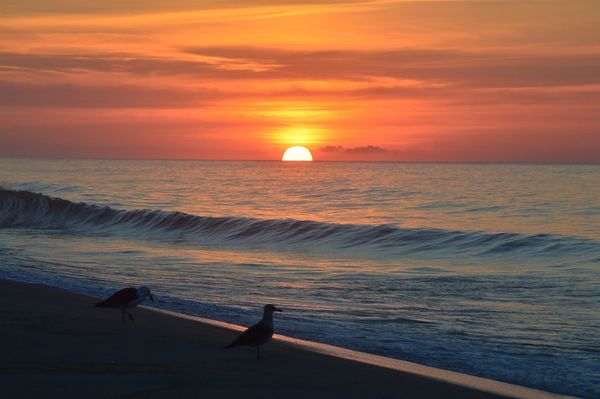Earlier this summer, I traveled to India for two and a half weeks on an immersion trip. In the cosmopolitan city of Mumbai and rural villages of Talasari (two insanely different places), we learned about education, poverty, religion, and the work of the Jesuits before sightseeing in Jaipur, Agra, and Delhi for three days. India was a whole new world: crazy different, but beautiful and transformative. For all my friends and family who have asked, "How was India?" here are 16 striking differences between America and India to give you a taste of my experience abroad. (Keep in mind, my visit to India was predominantly the immersion trip where simple living was a common pillar!)
1. The water
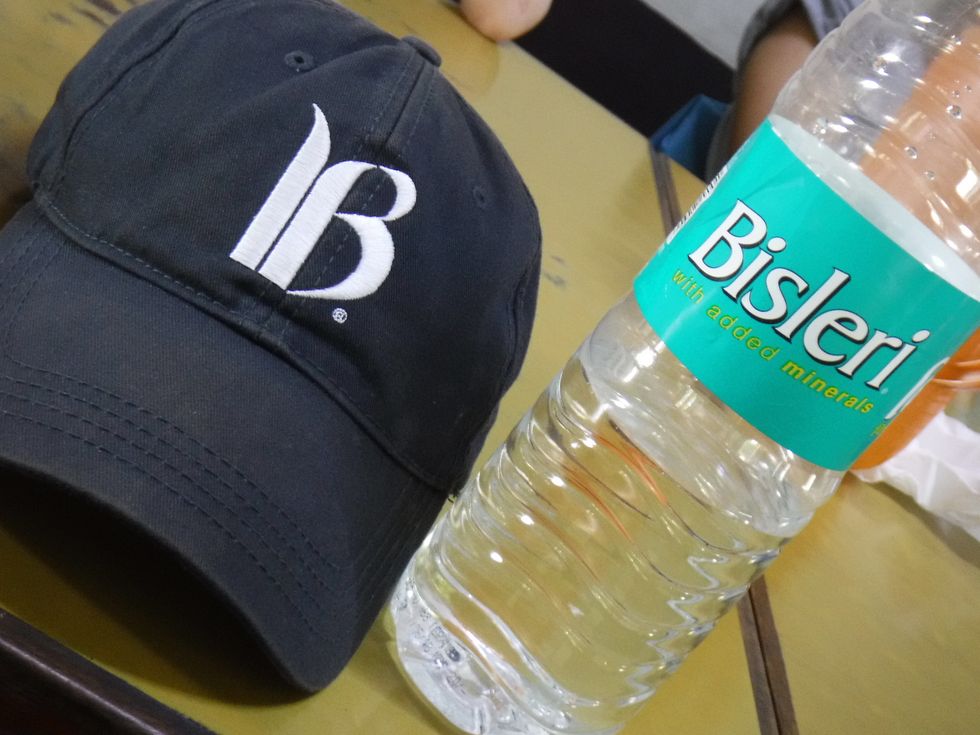
Bisleri, the group's preferred bottled water brand in India. (Though personally, I was a fan of the brand, Kingfisher. Too many added minerals in Bisleri!)
Bottled water was a necessity in India as tap water was unsafe for drinking and brushing our teeth. I'd go through at least two liters of bottled water per day and as an advocate of zero-waste, my heart broke every time. Indeed, turning on the faucet and having clean water is a privilege and something I took for granted in America.
2. The trash and recycling
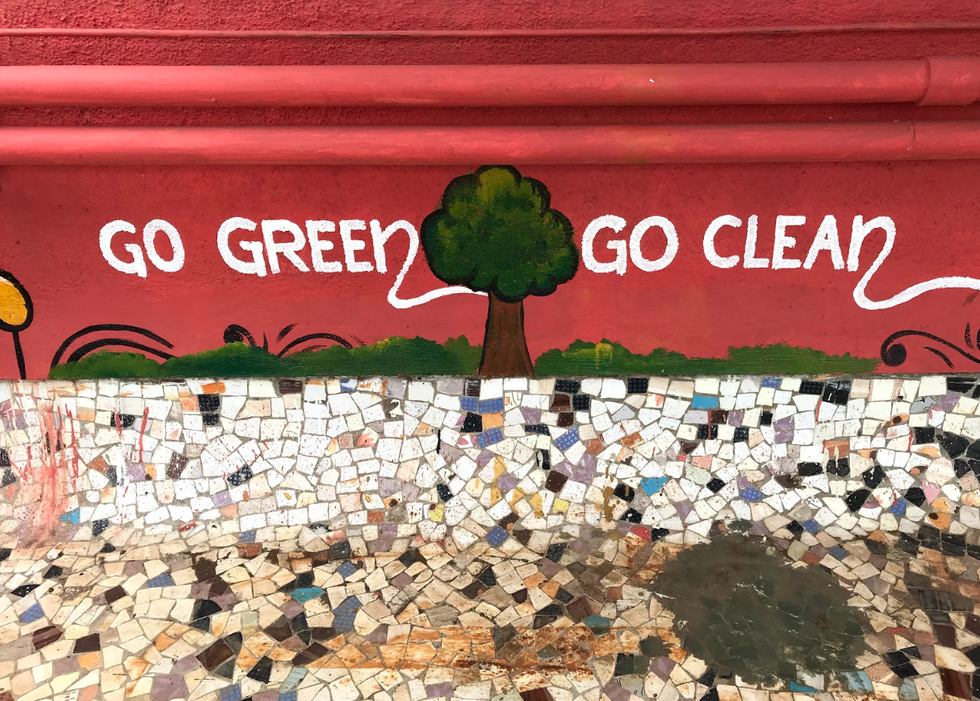
A juxtaposition: Despite the lack of waste bins, there were murals in Mumbai promoting eco-friendliness like this one.
Proper waste management and sanitation systems ceased to exist in many parts of India, especially in Mumbai. There were no public trash cans and recycling was basically unheard of. Thus, we saw people dump trash in piles on the street and burn it because there was nowhere else to put it! I never thought I'd feel grateful for a public trash can. That being said, the waste and sanitation systems differed from city to city and when we did our sight-seeing, we were greeted with clean-looking trash cans on the sidewalks. My heart sang for joy.
3. The humidity
If there's one country that needs a less conservative dress code just so people aren't suffering in the humidity, than it's India. Seriously, I thought New Jersey was the land of humidity, but that was before the immersion trip. Let's just say that I went to India with hair that passed my boobs, and after the first night, I cut it off a few inches because I couldn't stand being more sweaty and sticky than necessary.
4. The food
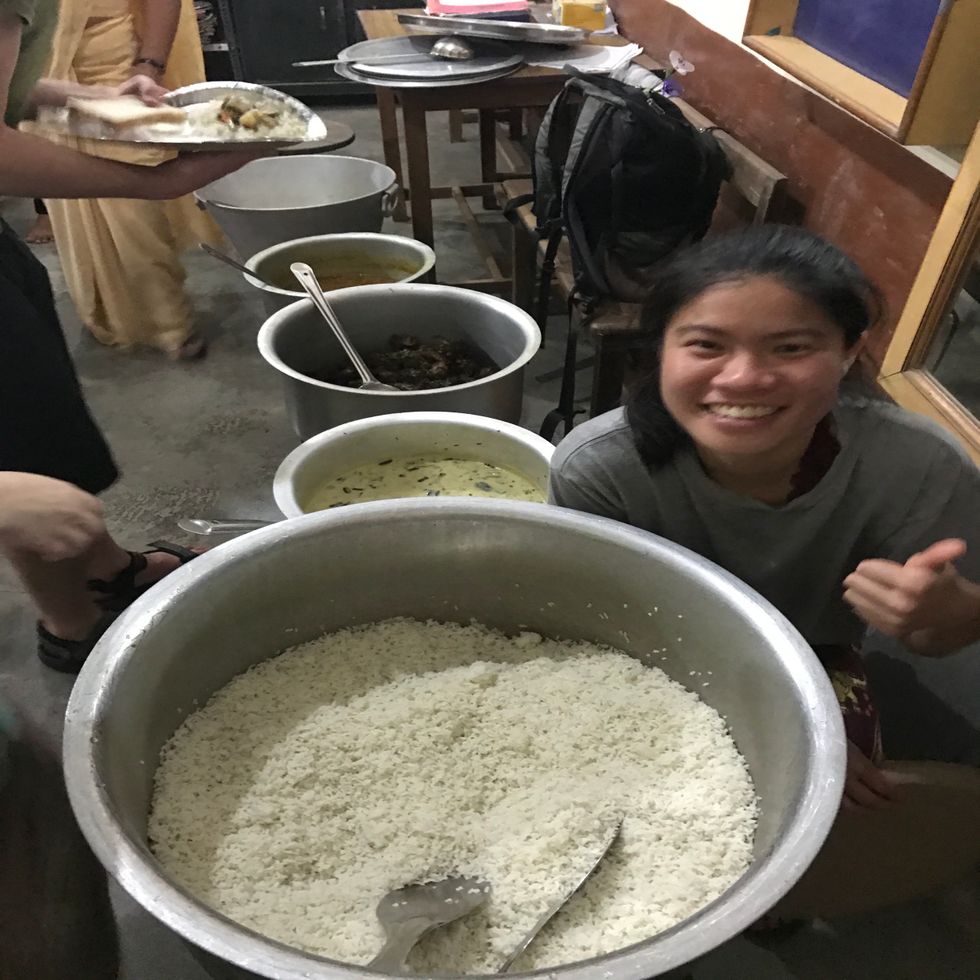
Me with a giant pot of rice!
Maybe my group was in unique circumstances and it was just what we were served, but in India, we ate lots of traditional foods, predominantly carbs like rice, bread, and potatoes. Though filling, it was extremely unhealthy and not satisfying for our bodies. After a week of this carb-heavy diet, I got sick and lost my appetite for Indian food (unfortunately).
5. The dress

Indian dress code was way more conservative than that of the U.S. and us girls every day would have to wear pants or skirts that covered our legs and t-shirts with sleeves. Despite the fact I wore light and breathable clothing, I was not a fan of my pants hugging my legs in 90+ degrees Fahrenheit (plus humidity) when I'm so used to shorts, tanks, and short dresses in America.
6. The mosquitoes
The #1 thing I miss most about India? Having to apply mosquito spray on my entire body every night before going to bed. (There's nothing like the fresh scent of OFF! Deep Woods on you and your sheets.) Mosquitoes were everywhere in India...yet also invisible and would attack you out of nowhere! The highlight was definitely getting bit simultaneously on my nose and my right eyelid (I felt like Rudolph with a pink nose and a swelled up eyelid).
7. The stray dogs

In India, one of the biggest culture shocks was the stray dog situation. In the cities, there were puppies running everywhere, nosing through trash piles, or laying down under trees and store awnings to get some shade. I just wanted to take all the stray dogs home and adopt them all!
8. The street (farm) animals
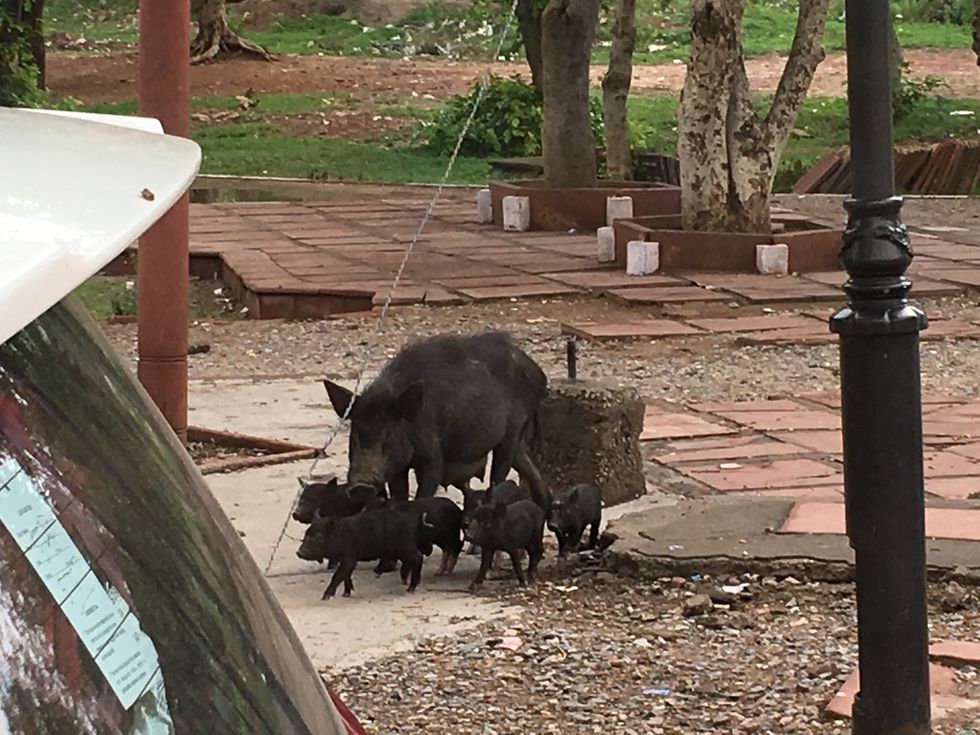
In America, you could be a city person and go your entire life without ever seeing a cow or chicken (besides at the grocery store) as most of these farm animals live in more rural parts of the U.S. Yet in India, these animals live on the streets, and it was not uncommon to see cows walking around aimlessly, goats tethered to street market posts, and chickens crossing the road! (My 8-year-old self could have made so many jokes.) Oh, and camels and monkeys were a common sight in Jaipur as well as some pigs! It was kinda like a walking zoo.
9. The school technology
In Mumbai, my immersion group visited an engineering college and the available technology was not the same as American standards. It felt like we had traveled back in time. Being so accustomed to the empire of Apple in the U.S., it was surprising to not see a single Mac in sight. Also, the library bookshelves seemed like the go-to resource for research. Quite a contrary from SCU where students use online databases to write all their research papers.
10. The celebrity-treatment
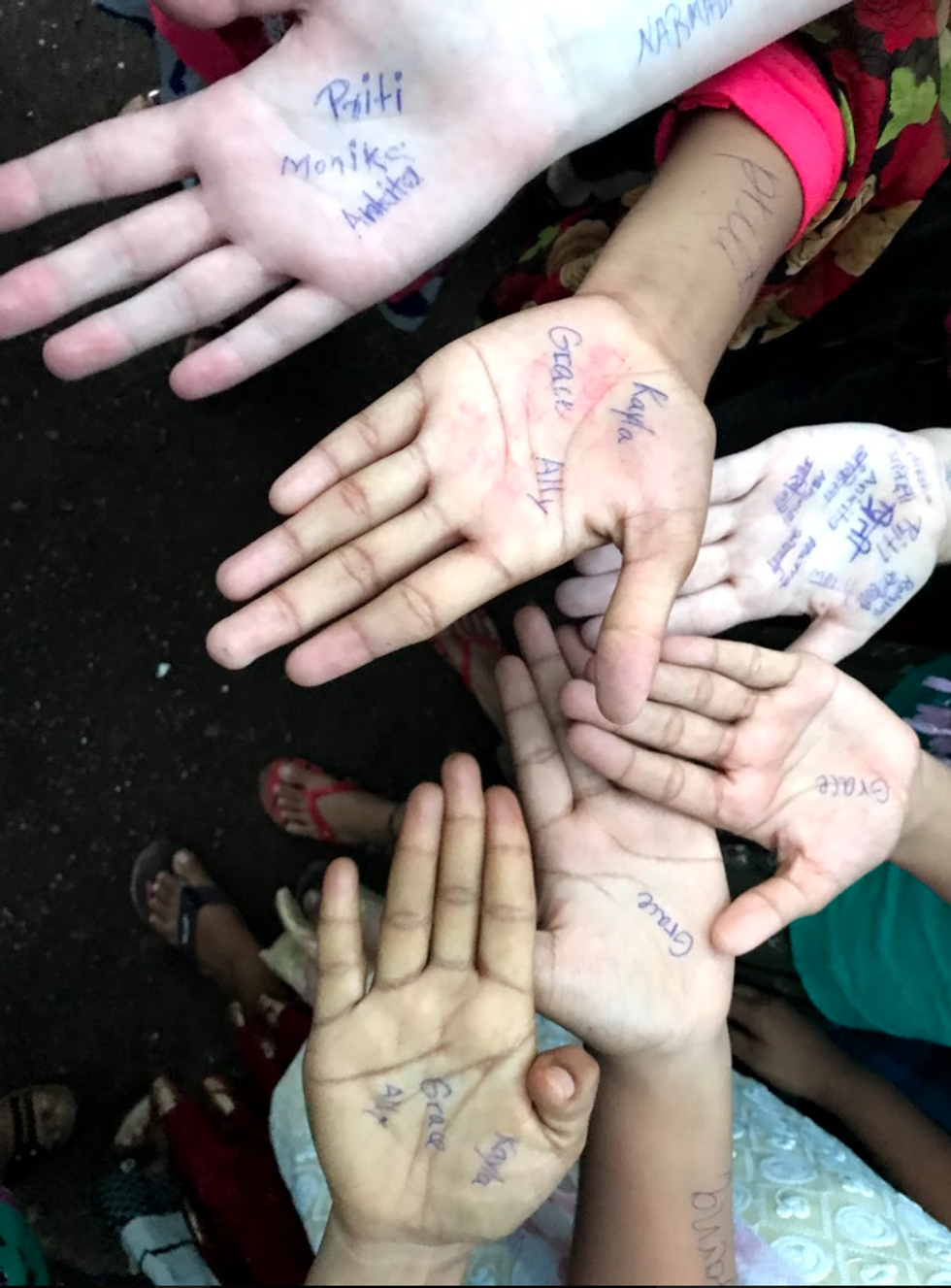
Autographs for the village school children in Talasari
With lighter-skin, it was obvious my group wasn't from India and we stuck out in crowds. Indians would ask for photos with us or film our group walking by (such a weird experience), especially in Mumbai. It was like they had never seen a white person! Because of our American status, they treated us like celebrities. There was even an instance when we were at a school assembly in Talasari and they had us give awards to kids we had never met (so now, these children have pictures with their award and some random American).
11. The hospitality
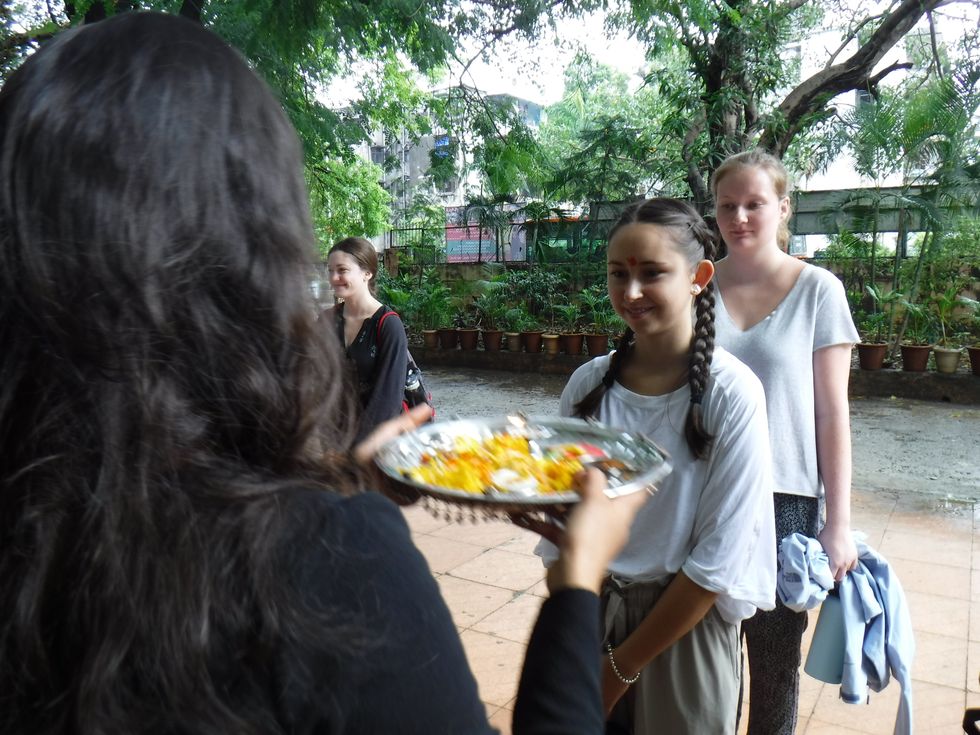
Hospitality in India was unlike anything I've ever experienced. Everywhere we went, the people gave us a warm welcome ceremony upon arrival filled with lots of music and dance and made sure we had more than enough to eat and drink. Even in the rural communities, despite the simple living conditions, everyone was always willing to accommodate us, which I am so grateful for.
12. The traffic and jaywalking
Mumbai city traffic was like NYC traffic on steroids. People didn't use sidewalks but walked on the side of the street and freeway. There were little to no traffic lights and forget about crosswalks. Everyone jaywalked even if a car appeared to be driving towards them at 45 mph! (Never have I been so terrified of crossing the street. And I grew up going to NYC frequently.) The difference is that cars over there are accustomed to pedestrians crossing out of nowhere, so they don't get mad at jaywalkers. Meanwhile, cars in America get pissed and will angrily honk their horn at you if you make them stop for jaywalking. That being said, endless aggressive horn honking was the popular soundtrack when driving through Mumbai.
13. The poverty
India was a developing country full of juxtapositions. On the drive back to our accommodation in Mumbai every day, I remember looking out the window and seeing a beautifully manicured garden with yoga art sculptures, an area that was obviously taken care of. Not even a five-minute drive away, we would see people with missing parts of their leg living in shacks. Outside temples, barefoot children would poke us, begging for rupees while women in jeweled necklaces and elegant saris would walk past them. Poverty and wealth lived next to each other while I feel America does a better job of hiding her poverty (there's normally the nice parts of town and then the "parts you avoid"), so it's easier to turn a blind eye to the injustices here.
14. The space (or lack thereof)
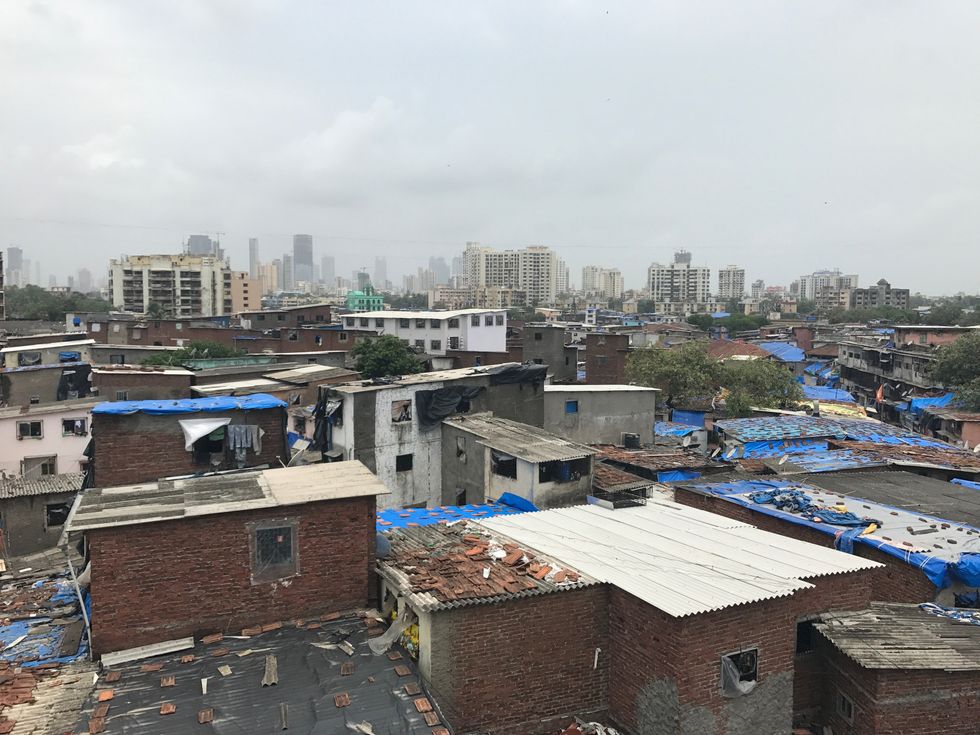
View of the rooftops in Dharavi
India's population consists of over 1.3 billion people and space (and thus privacy) is considered a luxury. In Mumbai, we visited Dharavi, Asia's largest slums, and the houses were ¾ the size of my dorm room in Swig and would hold a family of 5-6 people. Many people lived in tight quarters, where their house served as the workspace too.
15. The gender separation
In India, there was the constant reminder of your gender. Women vs. men. At the airport, tourist sites, and other public spaces, there were security metal detectors specified for either women or men. We could never be in the same line as the other gender. Additionally, when we were visiting schools in Talasari, the boys would always be separated from the girls whether it was standing on opposite sides at Assembly, sitting in single-sex rows in the classroom, or not even acknowledging and playing with the other gender at recess. It was SO weird and different.
16. The mangoes

Saving the best bit for last. If you read all the way to here, you're in luck, because I'm going to give you some insider advice on visiting India: You MUST eat a mango (plan your visit when they are in season). Mangoes originated from India and the three times I ate them abroad, they tasted like golden delicious sweet syrup: juicy and mouthwatering. Unlike any of the mangoes I've had in the U.S. No joke, I would go back to India just to eat another mango.
Although it's been just a month since my return from India, it feels like ages ago, and India is a world that I am still processing. The kindness, sacrifice, and beautiful nature of the Indian people and culture all amaze me and have left tattoos on my heart. India, I'll be back soon.














